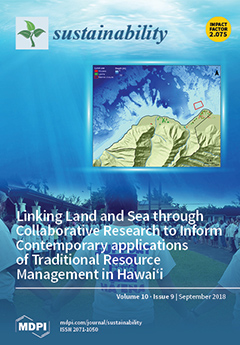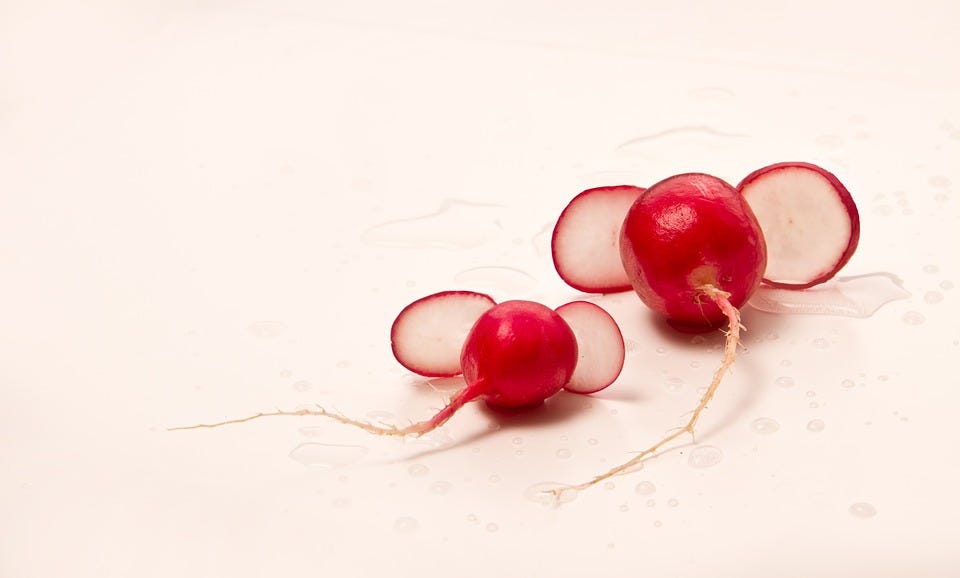Tampere’s Hiedanranta to be the first in Finland to produce carbon-negative district heating
The commercial production of carbon-negative
district heating has begun for first
time in
Finland. The Carbofex factory heats up wood and turns
it into a mineral, i.e. biochar. This happens through pyrolysis. When
the biochar is used as a soil amendment it
will sequester carbon permanently in the soil. The production process
also produces waste heat. That heat will be bought by Tampereen
Sähkölaitos Oy, which will distribute it to its own customers via its
district heating network, heating thirty high rise blocks.






